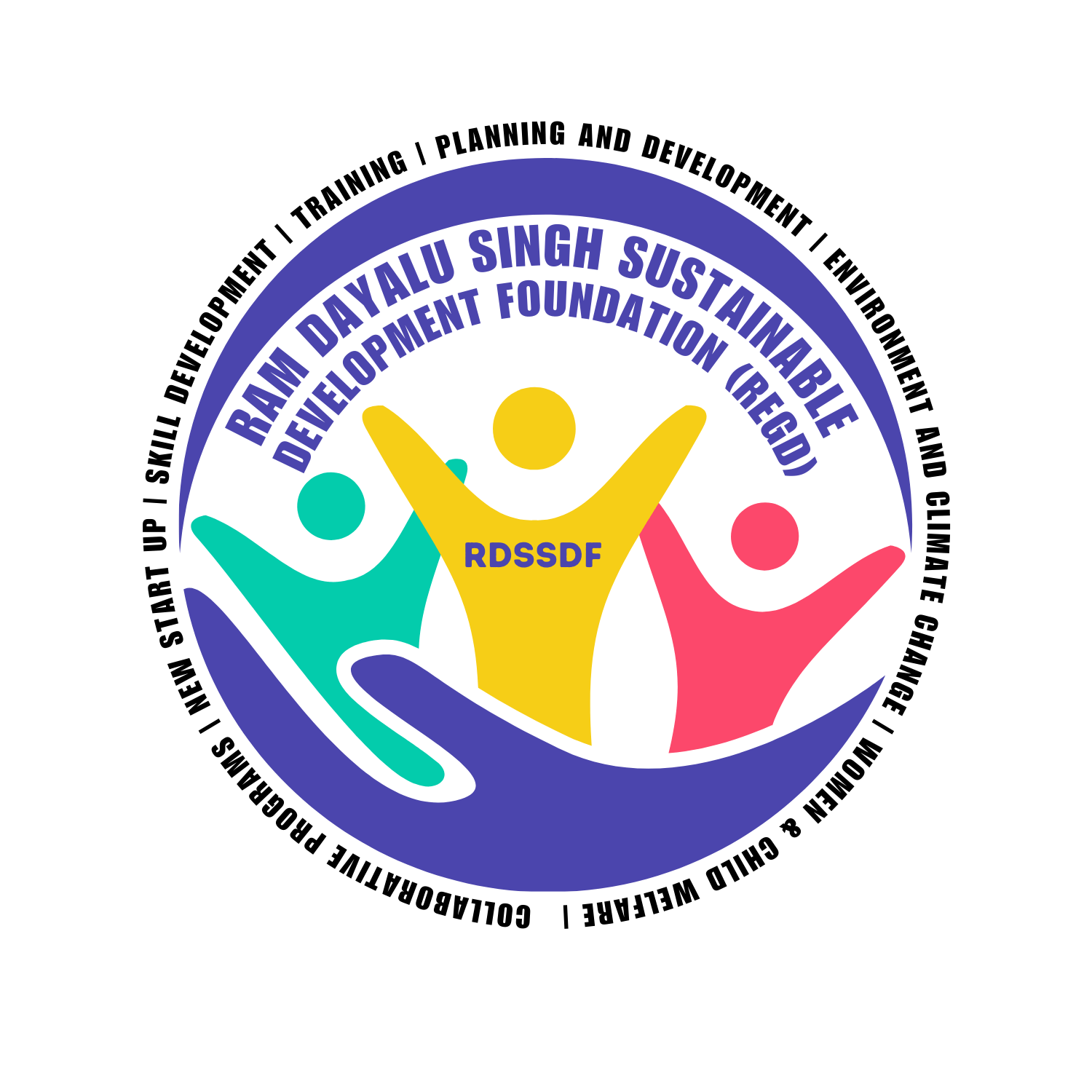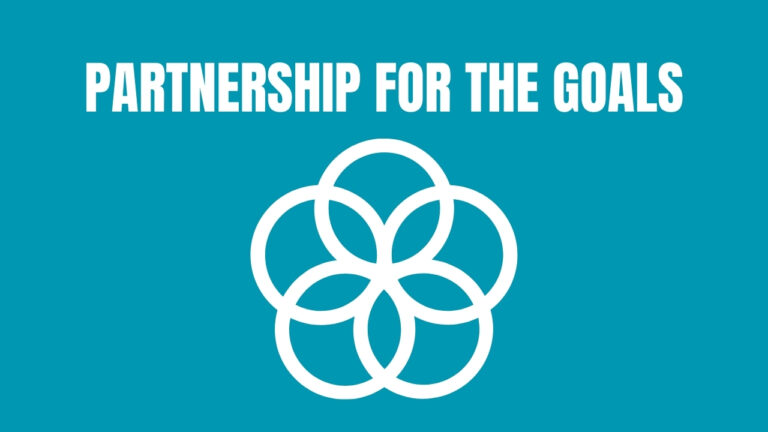Goal Overview
By 2030, build resilient infrastructure, promote inclusive and sustainable industrialization, and foster innovation.
Key Targets and Indicators
- Develop quality, reliable, sustainable, and resilient infrastructure, including regional and transborder infrastructure, to support economic development and human well-being, with a focus on affordable and equitable access for all.
- Indicator: Proportion of the rural population who live within 2 km of an all-season road.
- Promote inclusive and sustainable industrialization and, by 2030, significantly raise industry’s share of employment and gross domestic product, in line with national circumstances, and double its share in least developed countries.
- Indicator: Manufacturing value added as a proportion of GDP and per capita.
- Increase the access of small-scale industrial and other enterprises, particularly in developing countries, to financial services, including affordable credit, and their integration into value chains and markets.
- Indicator: Proportion of small-scale industries with a loan or line of credit.
- By 2030, upgrade infrastructure and retrofit industries to make them sustainable, with increased resource-use efficiency and greater adoption of clean and environmentally sound technologies and industrial processes, with all countries taking action in accordance with their respective capabilities.
- Indicator: CO2 emission per unit of value added.
- Enhance scientific research, upgrade the technological capabilities of industrial sectors in all countries, particularly developing countries, including, by 2030, encouraging innovation and substantially increasing the number of research and development workers per 1 million people and public and private research and development spending.
- Indicator: Research and development expenditure as a proportion of GDP.
- Facilitate sustainable and resilient infrastructure development in developing countries through enhanced financial, technological, and technical support to African countries, least developed countries, landlocked developing countries, and small island developing States.
- Indicator: Total official international support (official development assistance plus other official flows) to infrastructure.
- Support domestic technology development, research, and innovation in developing countries, including by ensuring a conducive policy environment for, inter alia, industrial diversification and value addition to commodities.
- Indicator: Proportion of medium and high-tech industry value added in total value added.
- Significantly increase access to information and communications technology and strive to provide universal and affordable access to the Internet in least developed countries by 2020.
- Indicator: Proportion of the population covered by a mobile network, by technology.
Strategies and Actions
- Enhance infrastructure: Invest in quality, reliable, sustainable, and resilient infrastructure to support economic development and human well-being.
- Promote industrialization: Encourage inclusive and sustainable industrialization to raise industry’s share of employment and GDP.
- Facilitate access to financial services: Increase access to financial services and affordable credit for small-scale industries.
- Upgrade and retrofit industries: Implement sustainable practices and adopt clean technologies to improve industrial efficiency and reduce environmental impact.
- Support scientific research: Increase investment in research and development to foster innovation and technological advancement.
- Develop resilient infrastructure: Provide financial, technological, and technical support to developing countries for sustainable infrastructure development.
- Encourage technology development: Promote policies that support domestic technology development and industrial diversification.
- Expand ICT access: Work towards universal and affordable access to information and communications technology, particularly in least developed countries.
FAO Actions to Support Monitoring
- Training programs: Conduct training sessions on sustainable industrial practices, infrastructure development, and technological innovation.
- Technical assistance: Provide support for developing and implementing policies that promote sustainable industrialization and infrastructure.
- Guidelines and materials: Develop guidelines on best practices for industrial efficiency, clean technologies, and resilient infrastructure.
- Expert meetings: Organize meetings with experts to refine methodologies for monitoring industry, innovation, and infrastructure indicators.
- Webinars and workshops: Host webinars and workshops to train national focal points on data collection and reporting for industrial and infrastructure development.
Conclusion
Building resilient infrastructure, promoting sustainable industrialization, and fostering innovation are essential for sustainable development. By enhancing infrastructure, supporting industrial growth, facilitating access to financial services, and encouraging technological advancements, we can achieve SDG 9 and create a more prosperous and resilient world. Together, we can drive innovation, improve industry, and build the foundation for a sustainable future.





 Welcome to Ram Dayalu Singh Sustainable Development Foundation (RDSSDF), a beacon of hope and progress for the sustainable development of India. As a National Level Public Charitable Trust, it is dedicated to providing comprehensive support and innovative solutions.
Welcome to Ram Dayalu Singh Sustainable Development Foundation (RDSSDF), a beacon of hope and progress for the sustainable development of India. As a National Level Public Charitable Trust, it is dedicated to providing comprehensive support and innovative solutions.